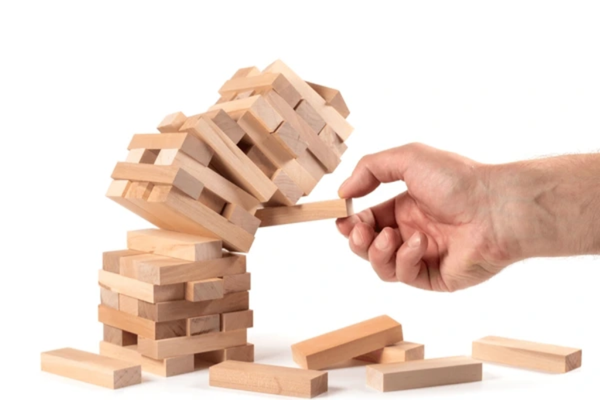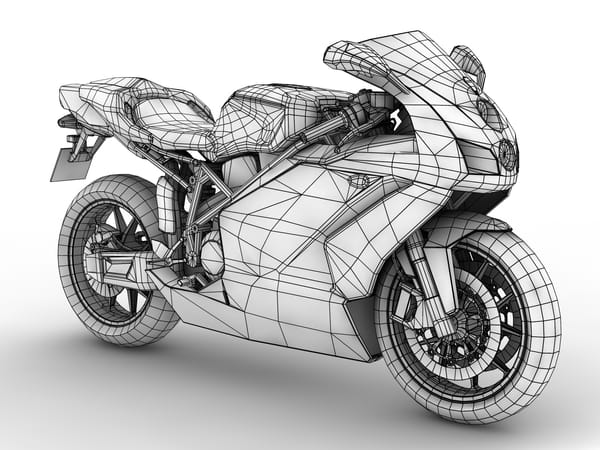Big Bend - 2021, Part 1
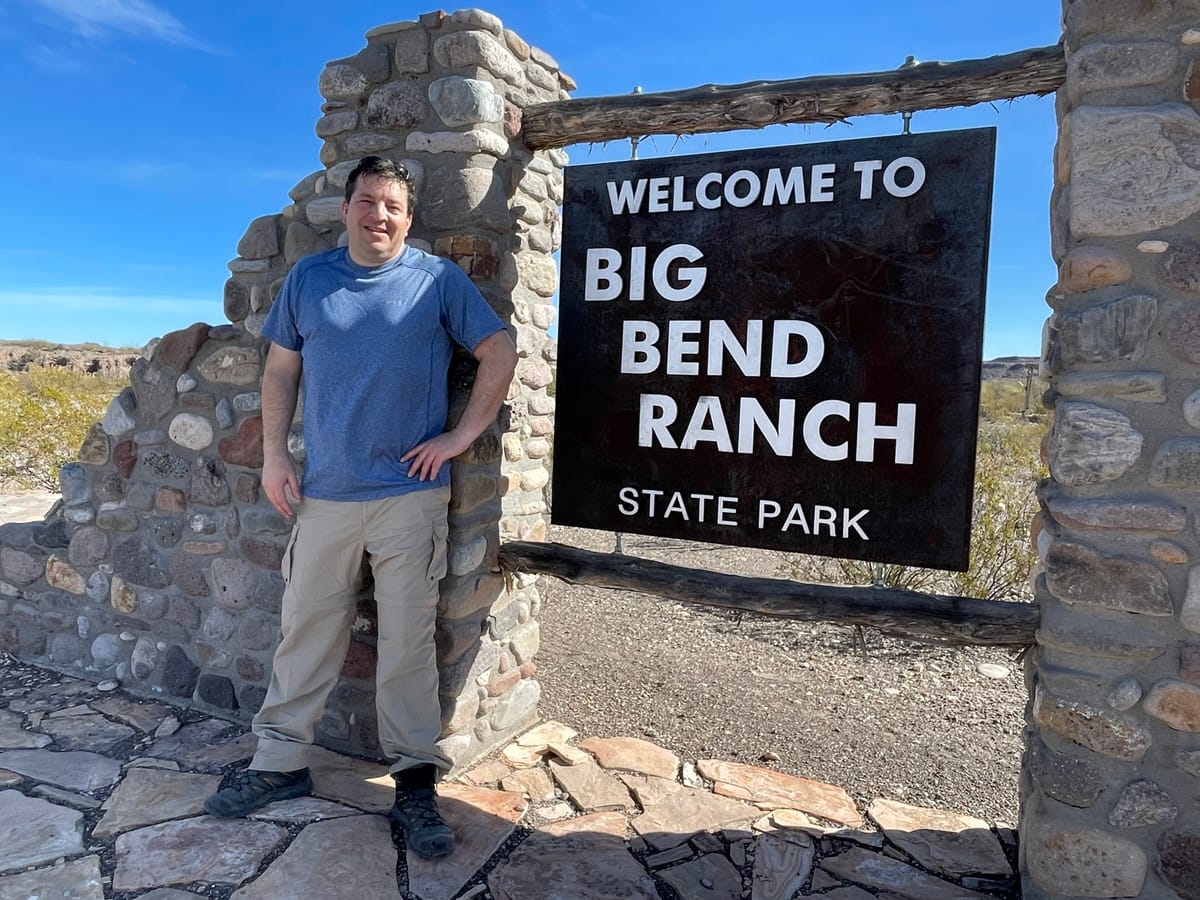
This last December we took a trip out to Big Bend State Park to spend a week camping and hiking. I’d never been there before, but a few friends told me it’s an amazing place to visit, so I was really looking forward to having the chance to get out there. The funny thing is that there are actually two Big Bend Parks – one is a national park and the other is a state park, and they are located right next to each other, a few miles to either side of the town of Terlingua, TX. The national park is much bigger than the state park, and it’s also more developed, with paved roads and big campgrounds, it even has a hotel and restaurant. The state park is much less accessible – access to the interior is by dirt roads only, the campsites are very primitive, and there is no cellular phone reception. Even though the national park is bigger, the state park is still around 300,000 acres, so there’s quite a bit to explore.
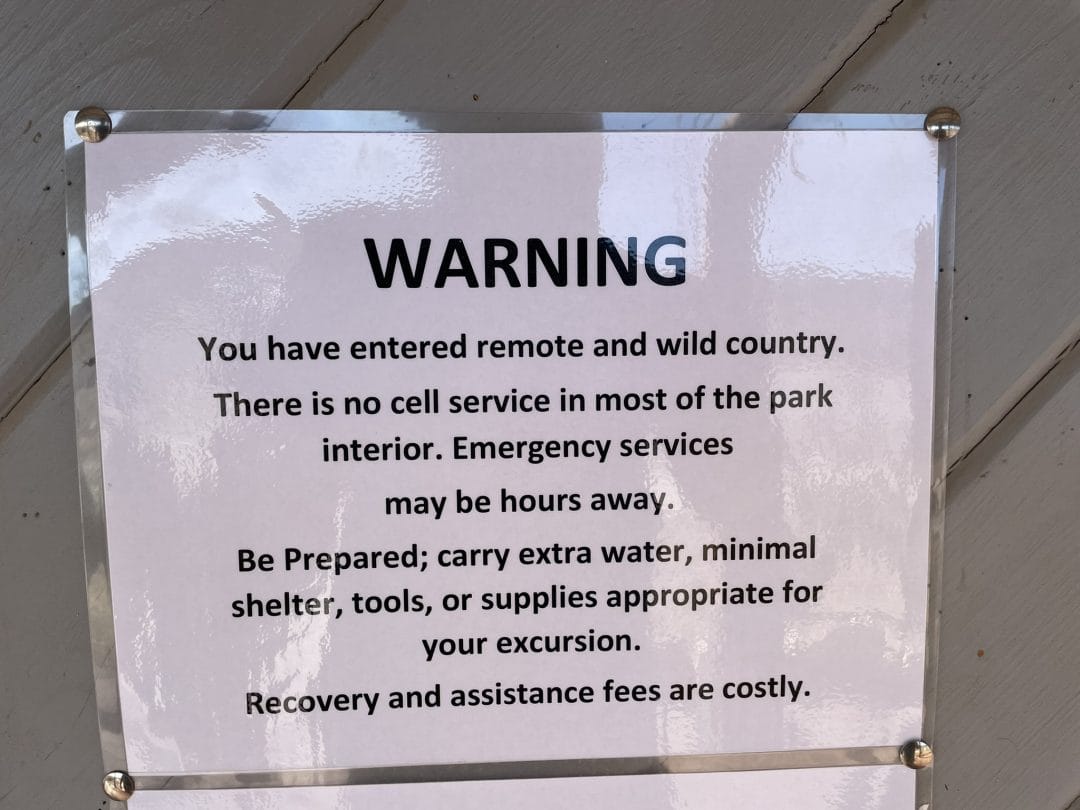
I don’t think you can go wrong visiting either place, but the state park is better suited for experienced backcountry hikers, bikers, and off-roaders than it is for casual tourists. You’re definitely on your own out there, and a lot more likely to get into a survival situation if you’re not equipped to deal with something going wrong. If you’re going to do any off-road driving or backcountry hiking out there, it’s a good idea to carry a satellite phone or one of the satellite communicators like the Garmin InReach or Zoleo, because that’s the only way you’re going to get any help. The state police do patrol the park, but we only saw them once in four days, so it’s not wise to assume someone will just roll up and find you if you get stuck somewhere.
Since it’s about 600 miles from Dallas to Big Bend State Park, we decided to spend our first night at a campsite right near the main entrance rather than trying to drive another sixty miles into the park at night and risk getting lost. Not having been there before, we thought the Grassy Bank campground sounded idyllic, so we reserved a spot there for the first night so we’d have someplace easy to crash out.
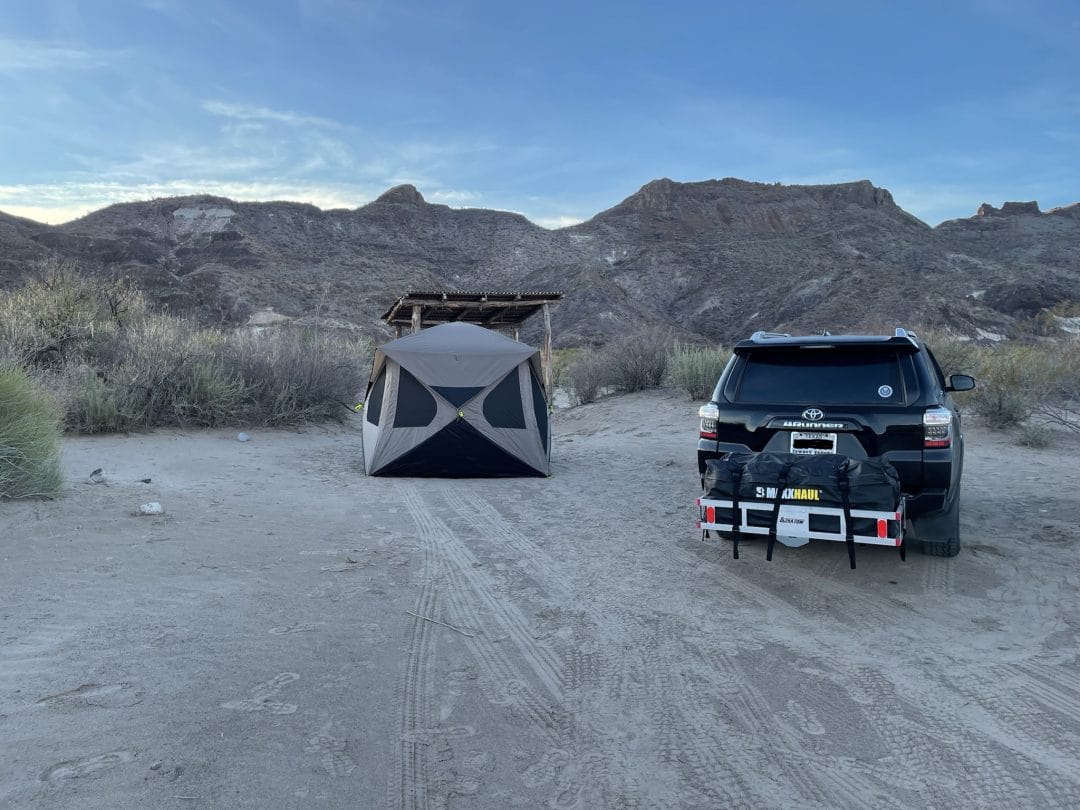
Of course it turned out that Grassy Bank wasn’t very grassy, so that was a little disappointing, but it did give us an opportunity to try out this new pop-up tent that we’d just acquired, and we were really happy how easy it was to set up. Since we prefer to sleep in the back of the 4Runner, we usually just use a tent for gear storage and a place to sit in and eat if it’s raining or cold out. Although it was pretty cheap, the Qomotop tent that we bought worked out really well. It’s not quite as high quality as the Clam pop-ups that we have but it seems sturdy enough and if you tie it down it’s pretty stable even in winds up to around 40-50 MPH.
In the morning, we packed up and headed on toward the interior of the park. it’s about sixty miles from the Visitor Center to the Sauceda Ranger Station, but it’s only paved for half of the way, about 27 miles of it is rough dirt roads with low visibility in a lot of places, which can make it slow going. On the upside, the first half of the drive is along FM 170, which is considered one of the best scenic drives in Texas. It also boasts of being the steepest graded road in the state, at 15%. There’s a nice writeup about it at texashighways.com which goes into a lot more detail.
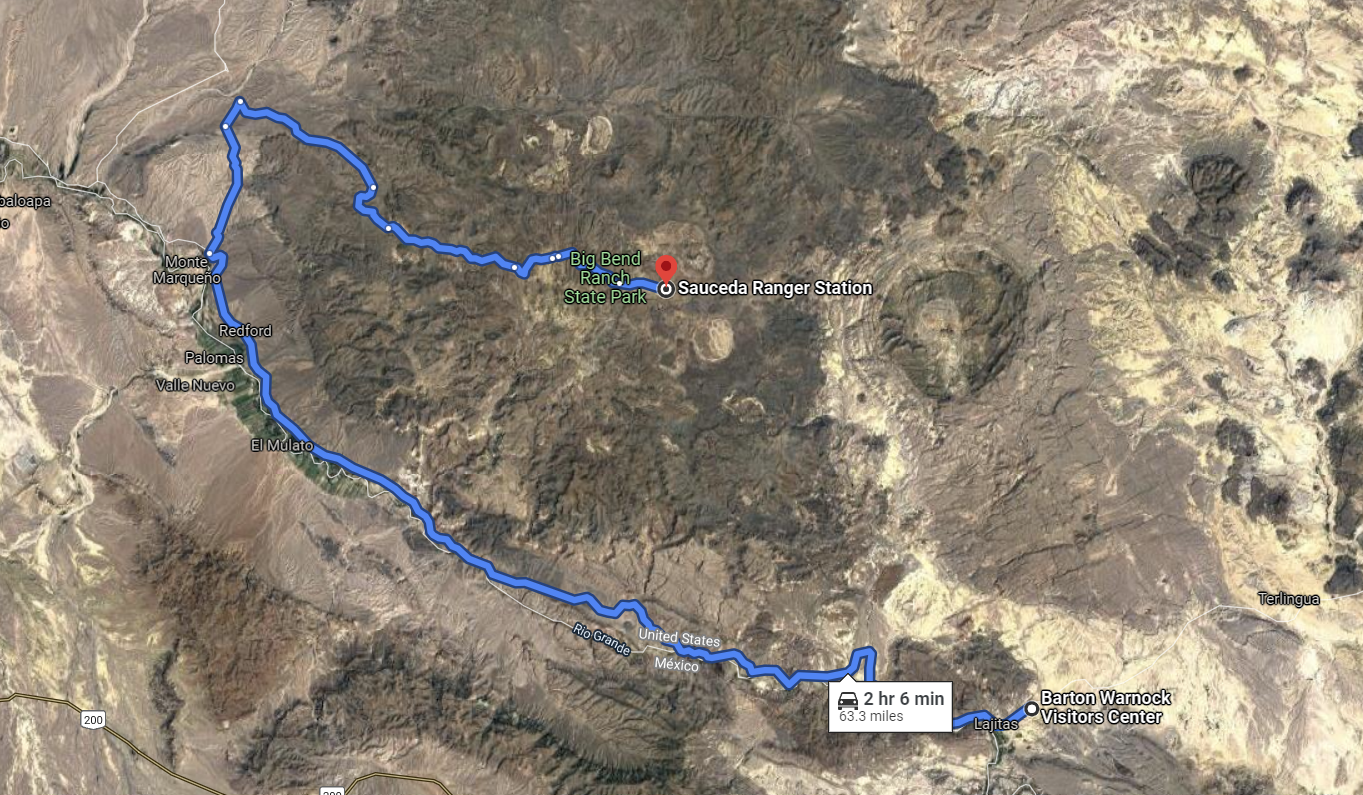
Along the way, we decided to stop at a place called Closed Canyon – it’s a short trail that goes through a narrow canyon that is located about 22 miles west of the Barton Warnock Visitor Center. It’s more of a short walk than a hike, maybe 1 and a half miles round trip, but the canyon itself is gorgeous:
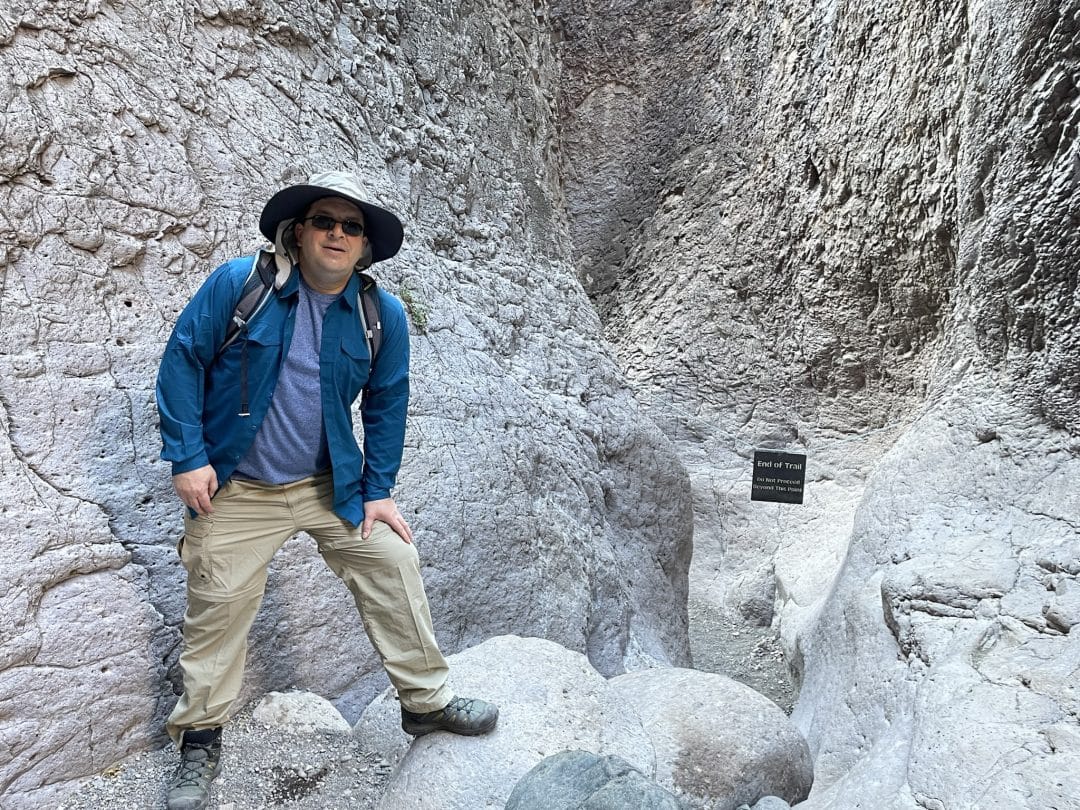

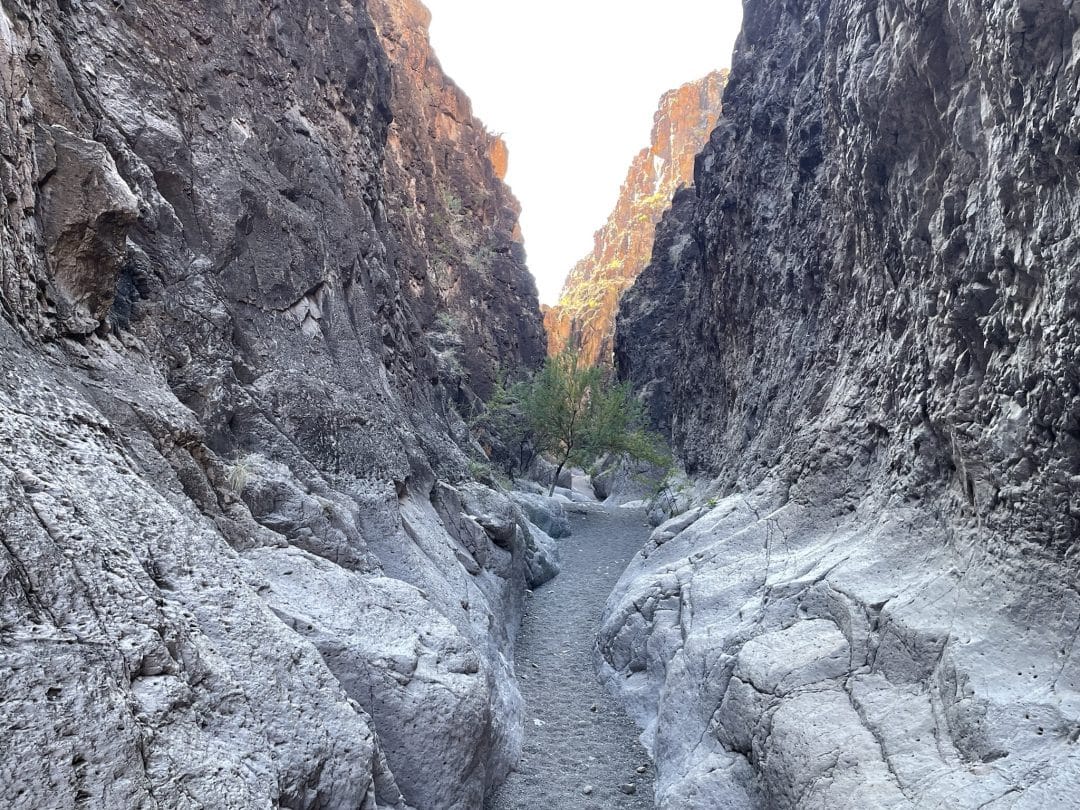
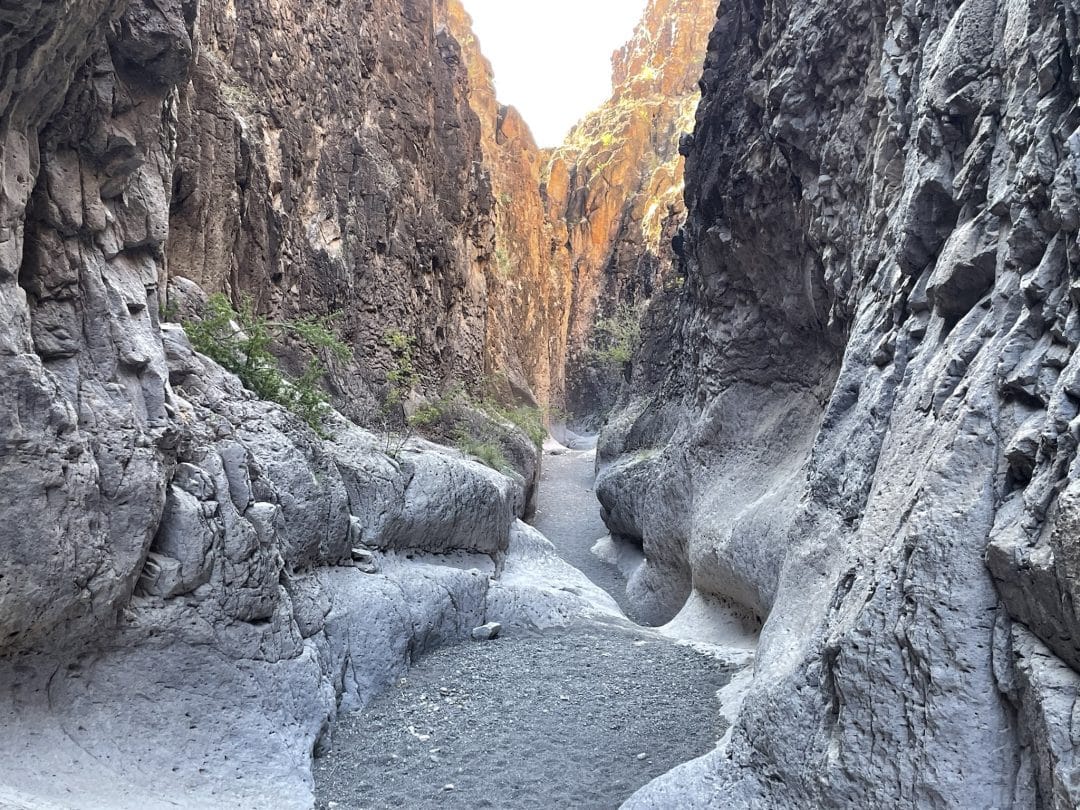
The canyon actually goes a bit further back, but is chained off with a sign that asks people not to proceed past that point. I was wondering about why that was there, but a few days later we ran into some police officers who were patrolling the park and they told us that it’s because there are a lot of steep sloping areas as you go further in and they got tired of having to rescue people who would slide down them but then couldn’t climb back out. So they just chained it off.
After the brief stop at Closed Canyon, we headed on into the interior of the park. The roads weren’t all that bad leading in to the ranger station, but you definitely start feeling more and more alone the further you drive into the park. When we got to the ranger station we found out that it was closed for the Christmas holidays, but they were nice enough to leave the showers open and an ice machine running with free ice for campers. They even threw in a complimentary tarantula:
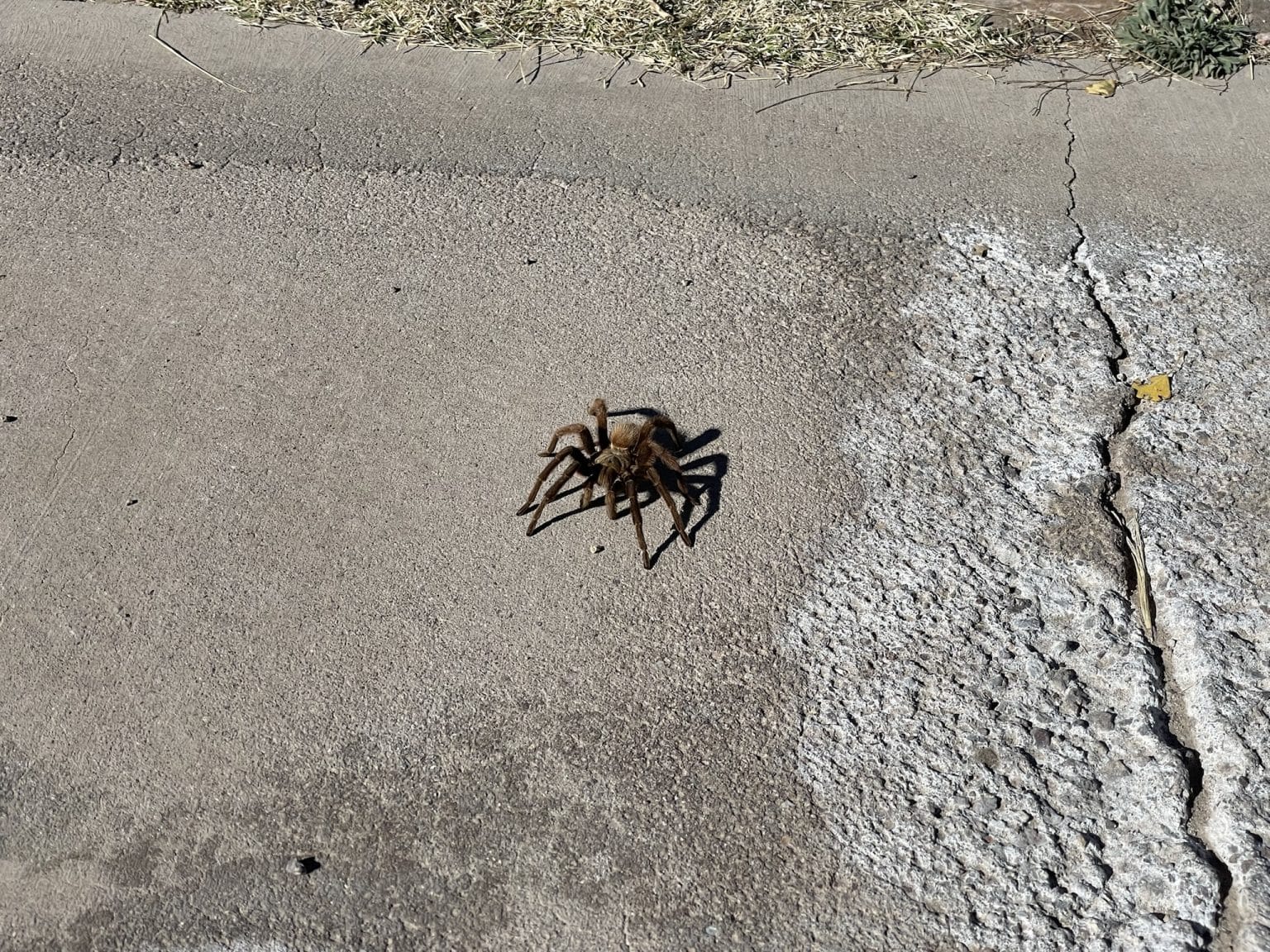
The road out to our campsite wasn’t too bad. We had reserved the Pila Montoya #1 campsite, which was about seven miles from the ranger station and that turned out to be really convenient when we discovered that the weather was going to be a lot hotter than we expected for this time of year and we ended up having to run back to the ranger station every other day to get more ice.
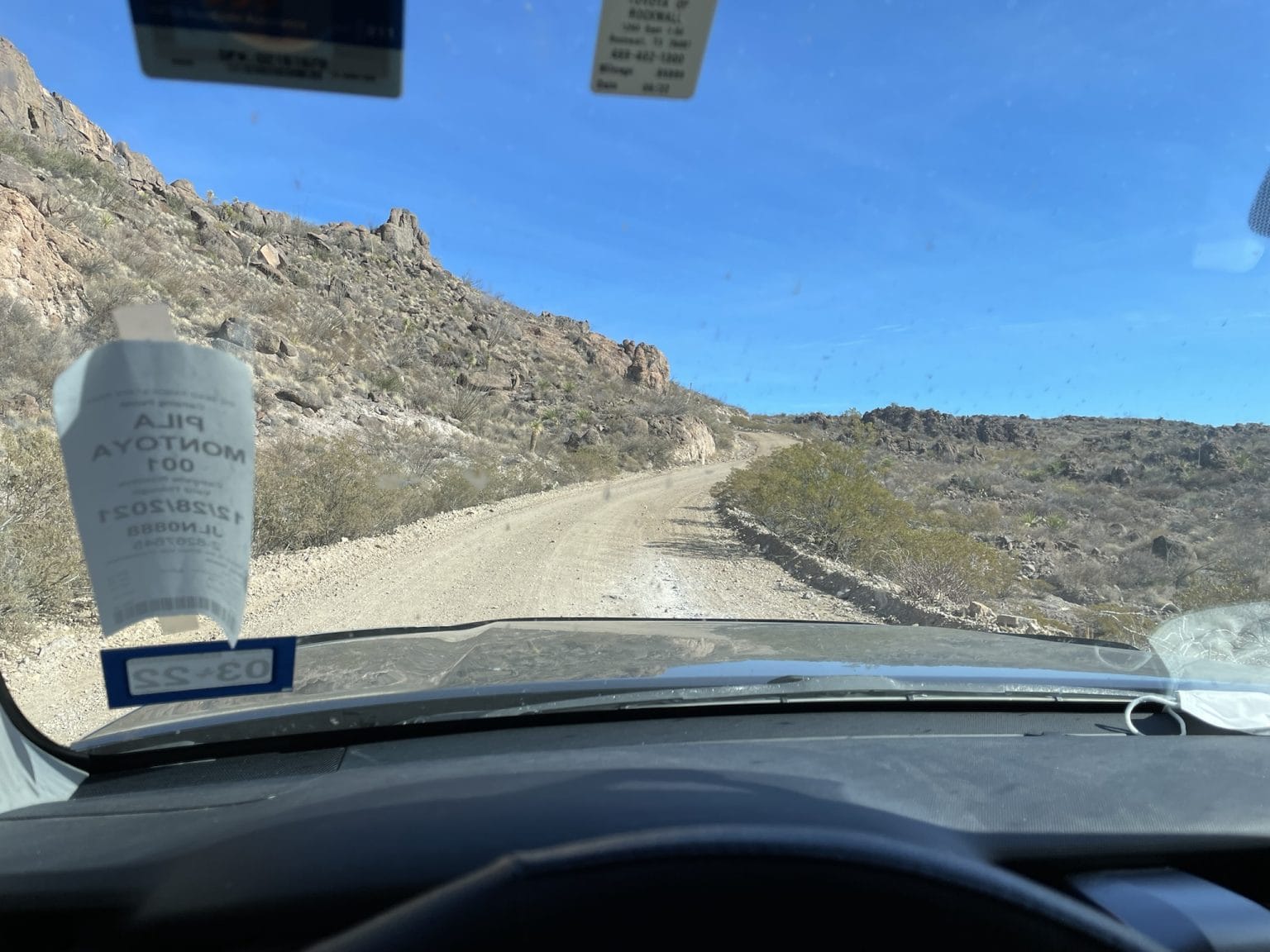
The Pila Montoya #1 site is the first of three campsites which are in a little valley that is just off the main road from the ranger station – it’s considered a primitive site, but it did have a bear-proof storage locker which was really nice, and a couple of well maintained picnic tables which provided plenty of room to set up our kitchen and food prep area.
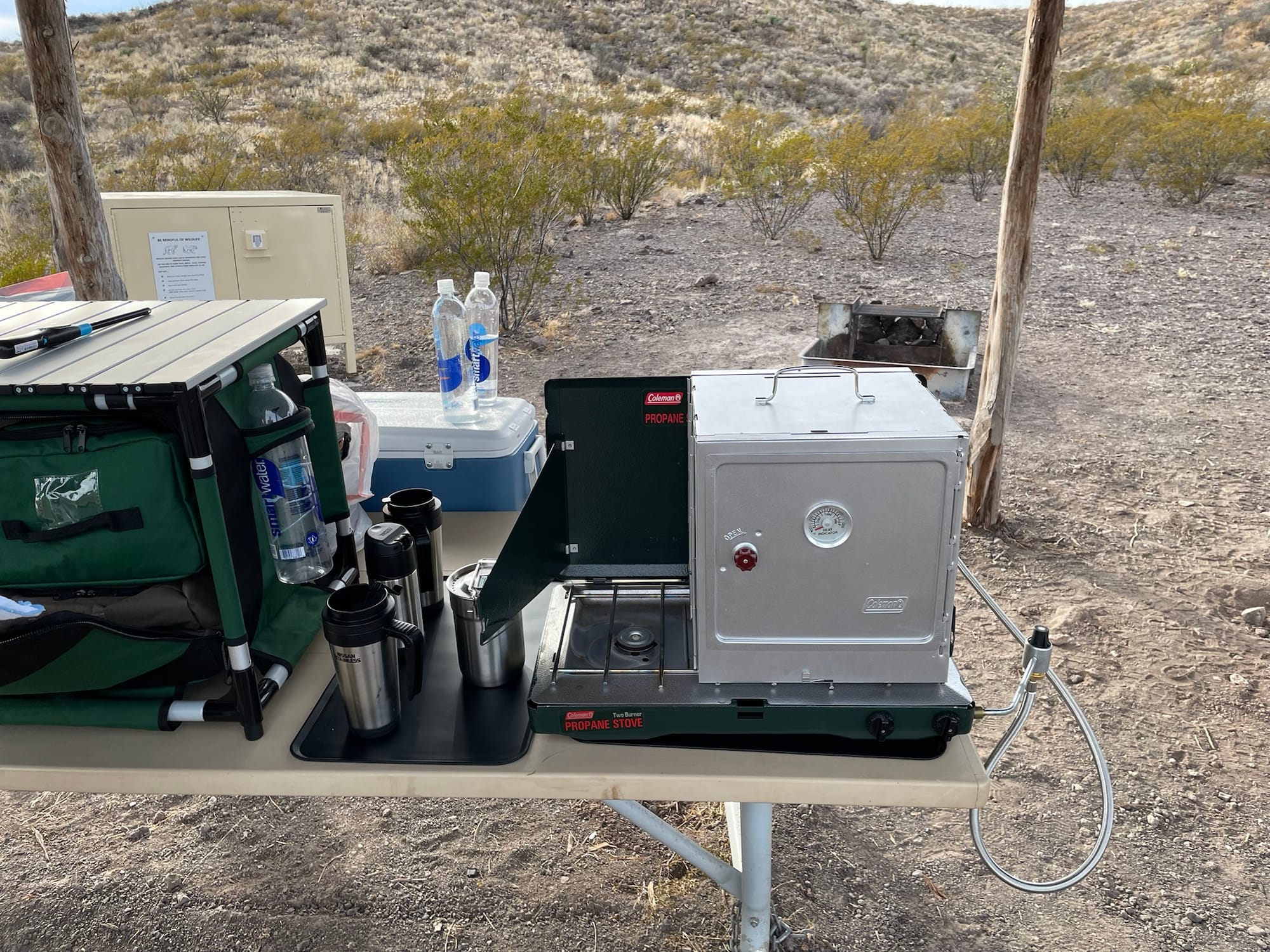
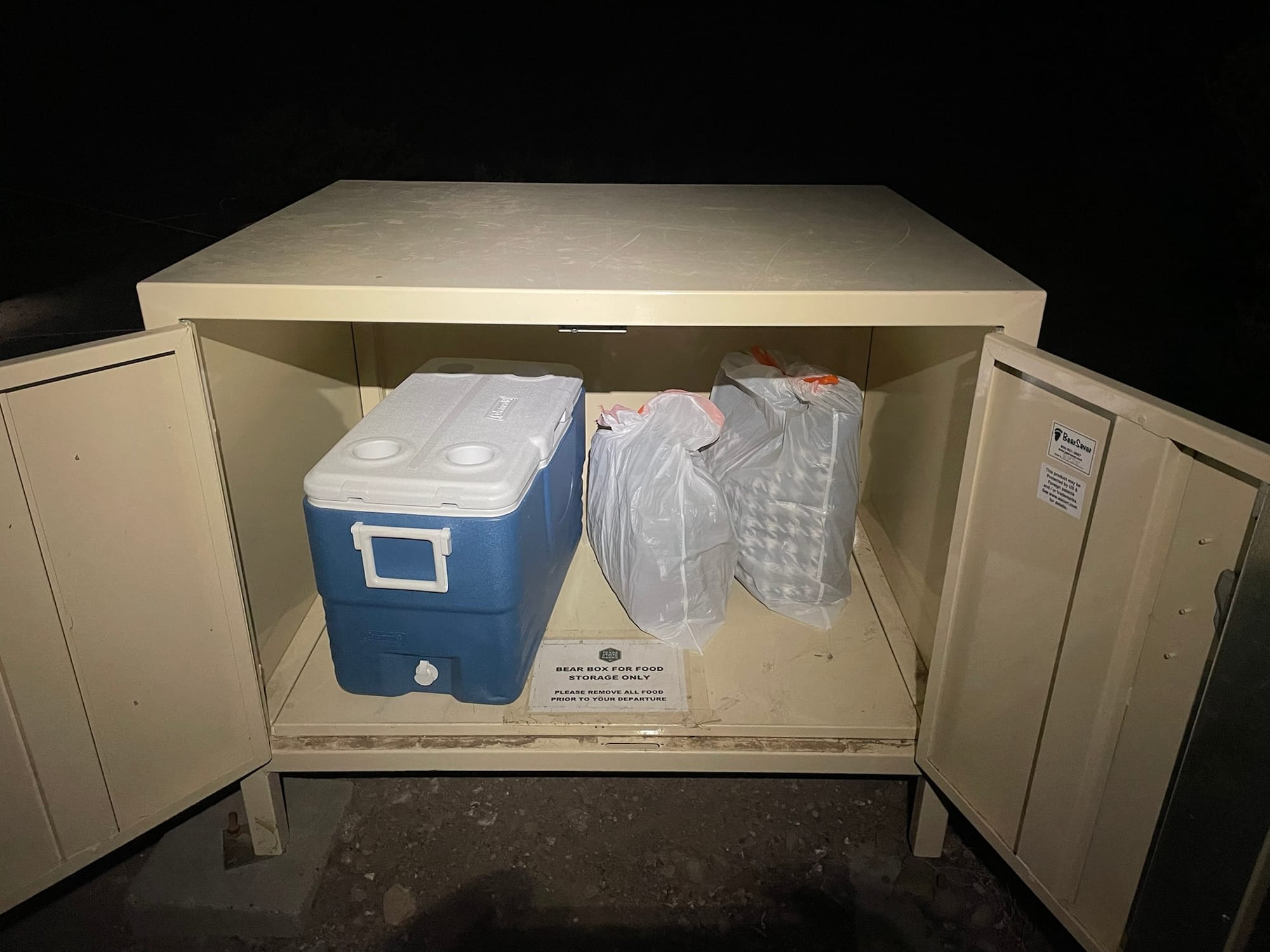
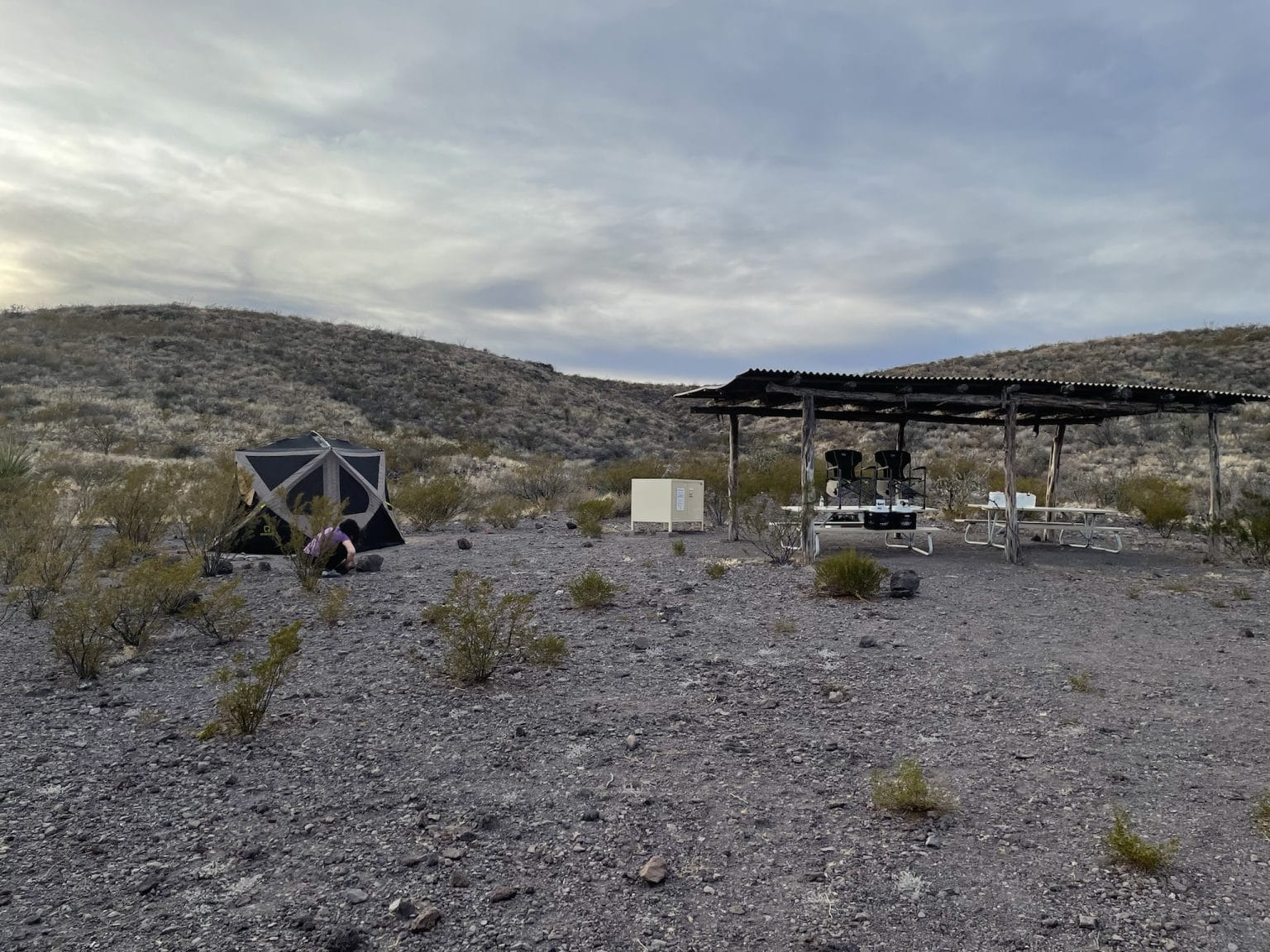
You do have to be careful when reserving a campsite at Big Bend State Park – some sites are easily accessible by 2WD while others are on rough roads that require a high-clearance 4WD vehicle. We found the online book Campsites of the Big Bend Ranch State Park by Gary Nored to be a valuable asset – it provides descriptions and pictures of all of the vehicle-accessible campsites that are in the park.
After we got our campsite setup, we decided to try making mini-pizzas in our Coleman camp oven, and they came out pretty good:
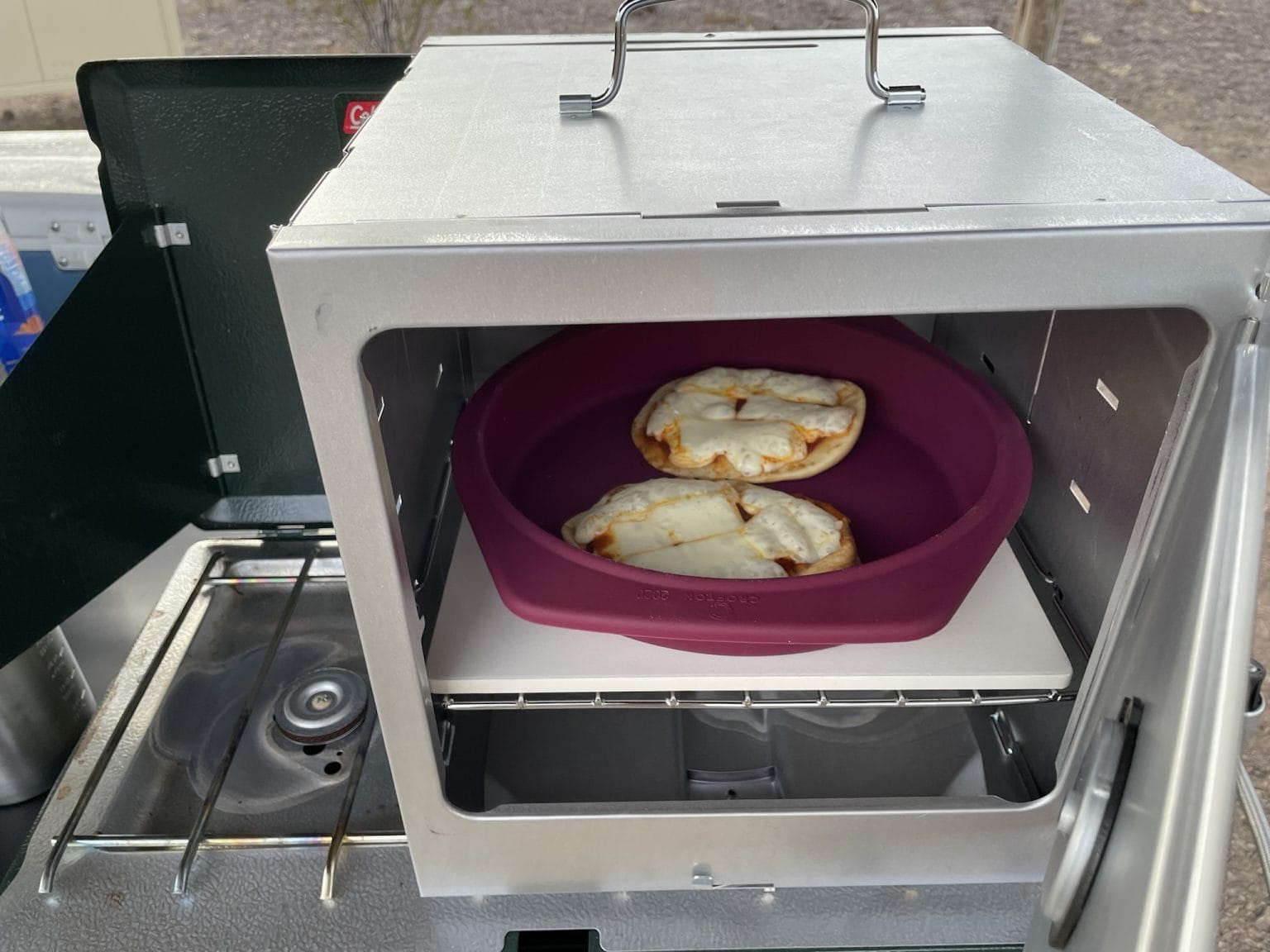
Some people don’t like the Coleman oven, mainly because it tends to burn the hell out of anything you put in it. The trick is to put a pizza stone in there, and then use silicon trays on top of that to help keep the temperature a bit more consistent from top to bottom of whatever you’re baking. Once we started doing that we never had any more problems using it.
After dinner it was time to enjoy our first sunset in Big Bend and it did not disappoint:
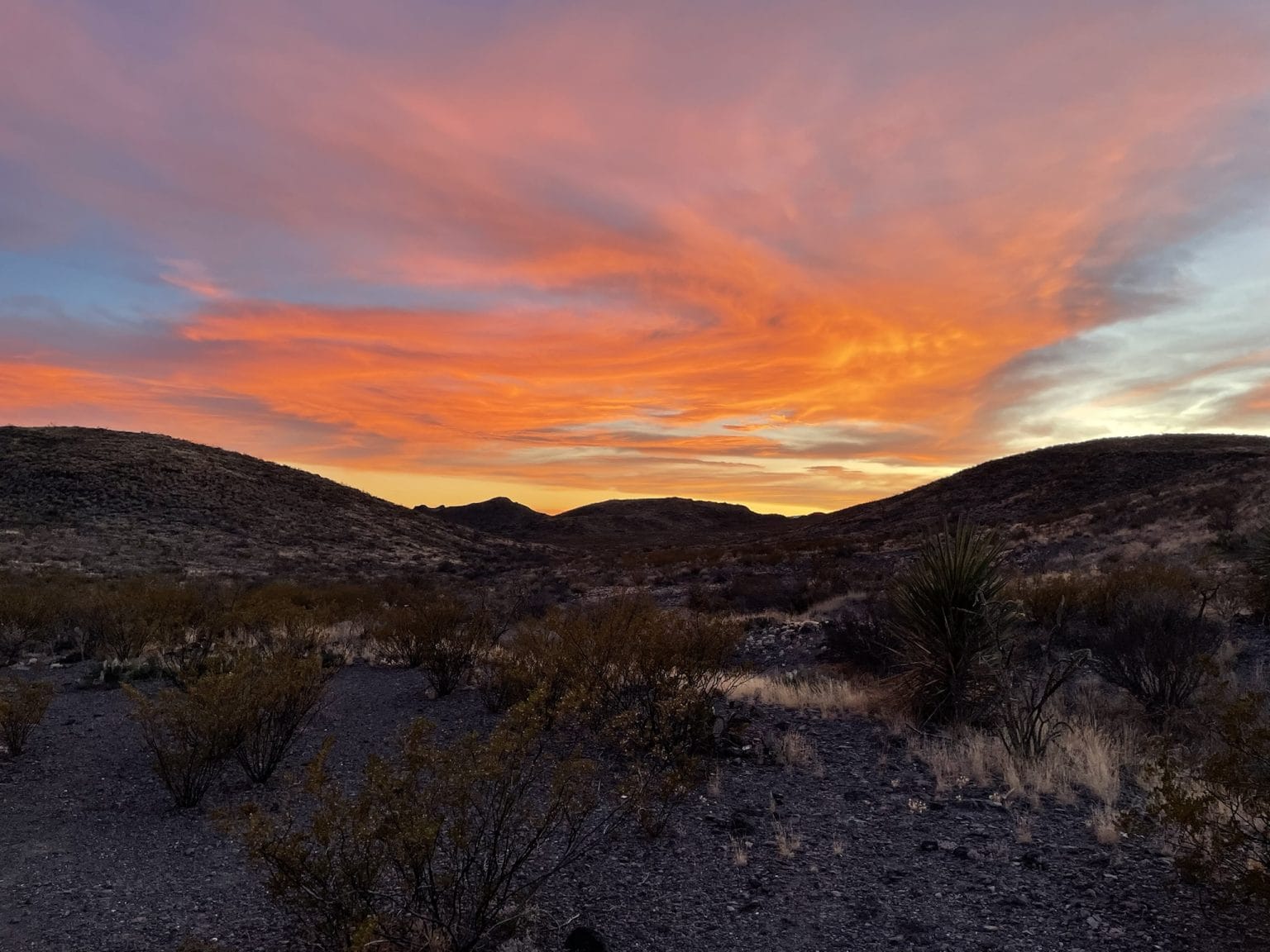
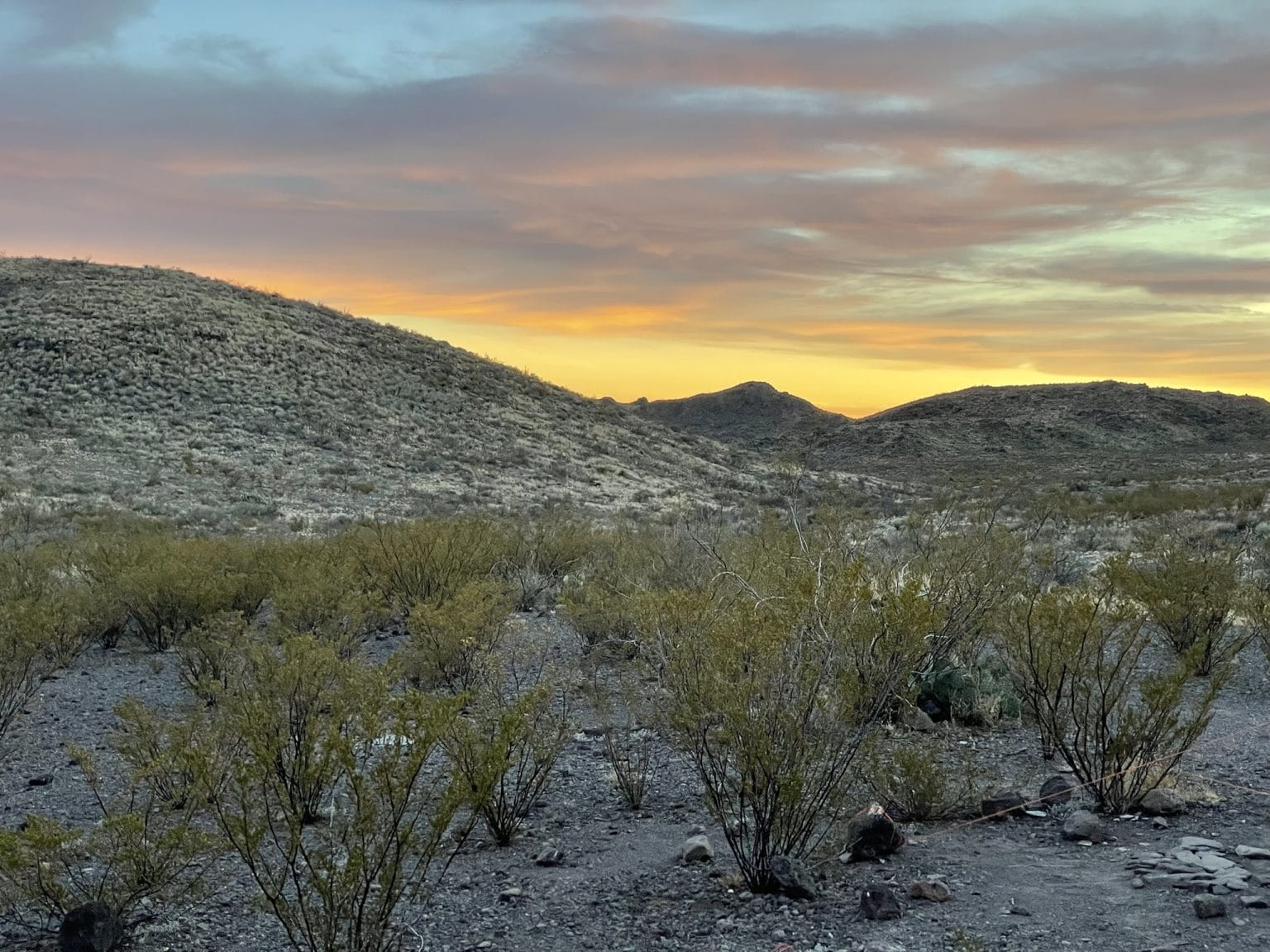
The sunsets are truly spectacular out there, and the night sky is even more amazing since there is next to no light pollution to interfere with your view of the stars.
